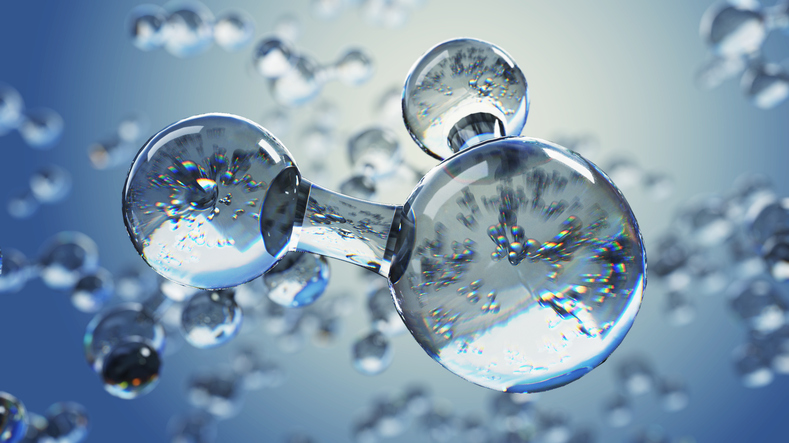
Water splitting advance holds promise for affordable renewable energy
A team has developed a less expensive water electrolysis system that works under alkaline conditions but still produces hydrogen at comparable rates to the currently used system that works under acidic conditions and requires precious metals. This advance brings down the cost of water splitting technology, offering a more viable way to store energy from solar and wind power in the form of hydrogen fuel.
Most water splitting today is conducted using a piece of equipment called a proton exchange membrane water electrolyzer, which generates Hydrogen at a high production rate. It's expensive, and works under very acidic conditions, requiring precious metal catalysts such as Platinum and Iridium as well as corrosion-resistant metal plates made of Titanium.
The research team worked to solve this problem by splitting water under alkaline, or basic, conditions with an anion exchange membrane electrolyzer. This type of electolyzer does not need a catalyst based on precious metals.
The team created a catalyst based on nickel and iron, elements that are less expensive and more abundant in the environment.
The electrode binder used with the catalyst is a hydroxide conducting polymer that binds catalysts and provides a high pH environment for fast electrochemical reactions.
Hydrogen production rate is boosted to nearly ten times the rate of previous anion exchange membrane electrolyzers, making it comparable with the more expensive proton exchange membrane electrolyzer.
Hydrogen produced from a water splitting process that is powered by electricity from renewable energy holds many economic and environmental benefits.
 English
English Arabic
Arabic


